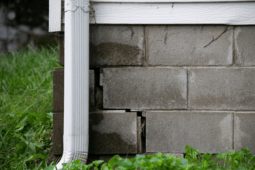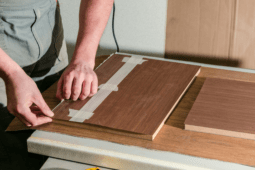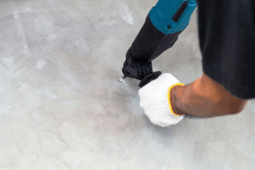Mixing Concrete The Right Way For Any Home Project
Mixing up concrete is something every homeowner will eventually have to do. Whether it’s learning to mix up some concrete for fence posts, foundations for decks, or repairs to existing sidewalks and driveways, mixing up a small batch of concrete is a necessary skill to have. Using simple tools and a bucket, you can create this miraculous building material that dates back to ancient times.
Concrete came back in style for DIYers and was advertised in the 1950s as a pourable, liquid rock. And it truly is sort of like that! Taking a mixture of Portland cement sand, water, and aggregate (gravel or crushed rock)—you can form just about any structure and it adds strength to any structure you need.
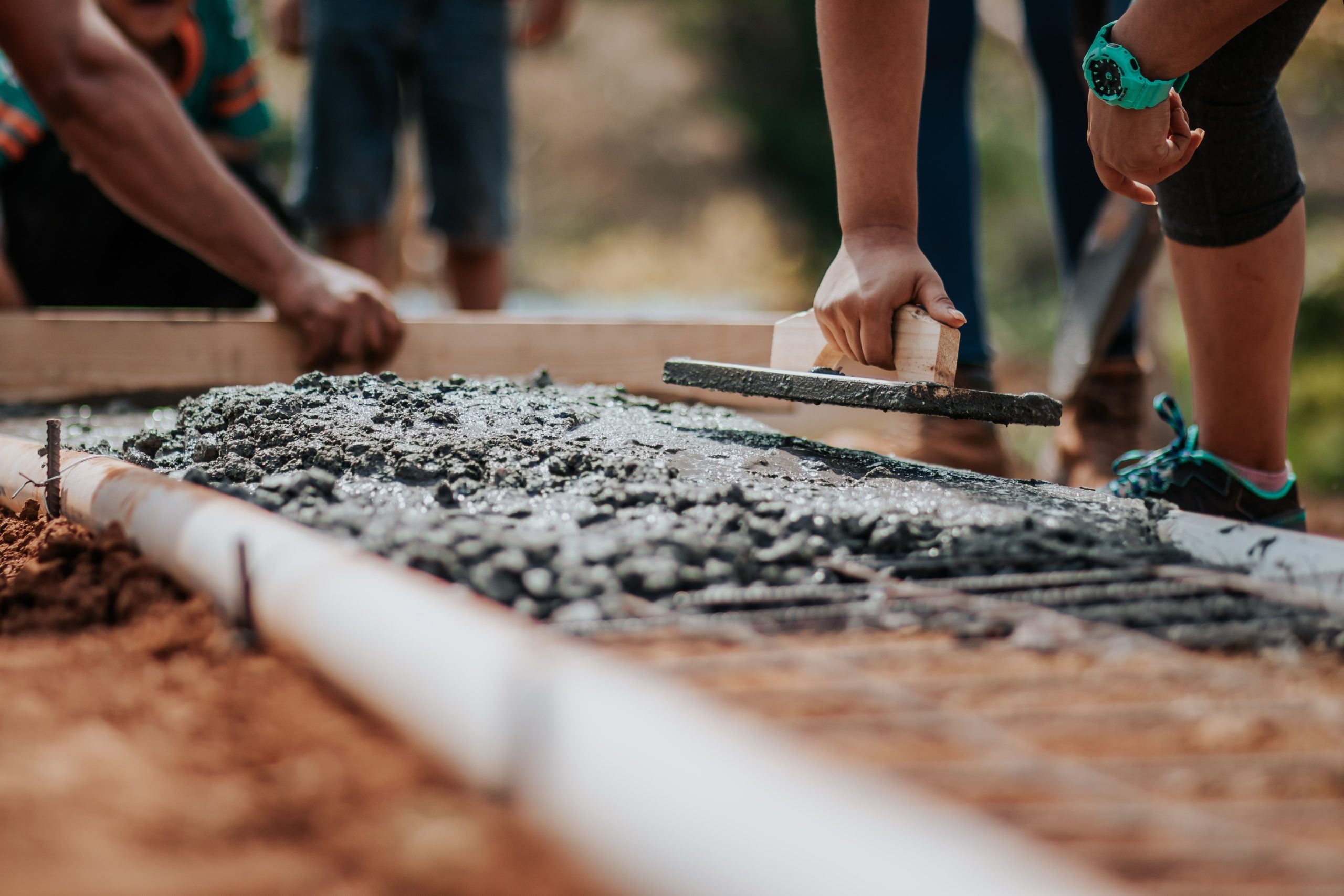
Understanding The Concrete Terms
The concrete experts who arrive in giant trucks packing up to 10 cubic yards of concrete speak of “bag mix,” “slump”, “fiberfill”, “colorant” and “plasticizer.” As a do-it-yourselfer, you don’t have to worry about these terms, but here is a brief explanation.
Bag mix refers to how many bags of Portland cement are added per cubic yard of concrete, the higher the number, the stronger the concrete. Most residential uses call for a 5 ½ bag mix.
Slump refers to how wet the concrete is in the truck’s tumbler. The higher the number, the dries the mix. Slump refers to how high the concrete can be in the delivery chute before it slides down to the ground. A five-inch slump is fairly standard, it gives you a mix wet enough to work with easily, while dry enough to retain strength.
Fiberfill is made of fiberglass fibers thrown in the tumbler. They weave through the wet concrete and when they dry they add strength and protection from cracking.
Colorant is relatively new, concrete used to be available in a wide range of colors, as long as the color was gray. Now you can have a rainbow of sand shades from red to green via color mixed sand.
Plasticizer is ethylene glycol, otherwise known as car radiator anti-freeze. It slows the curing of the concrete, giving you more time to work with the wet mud.
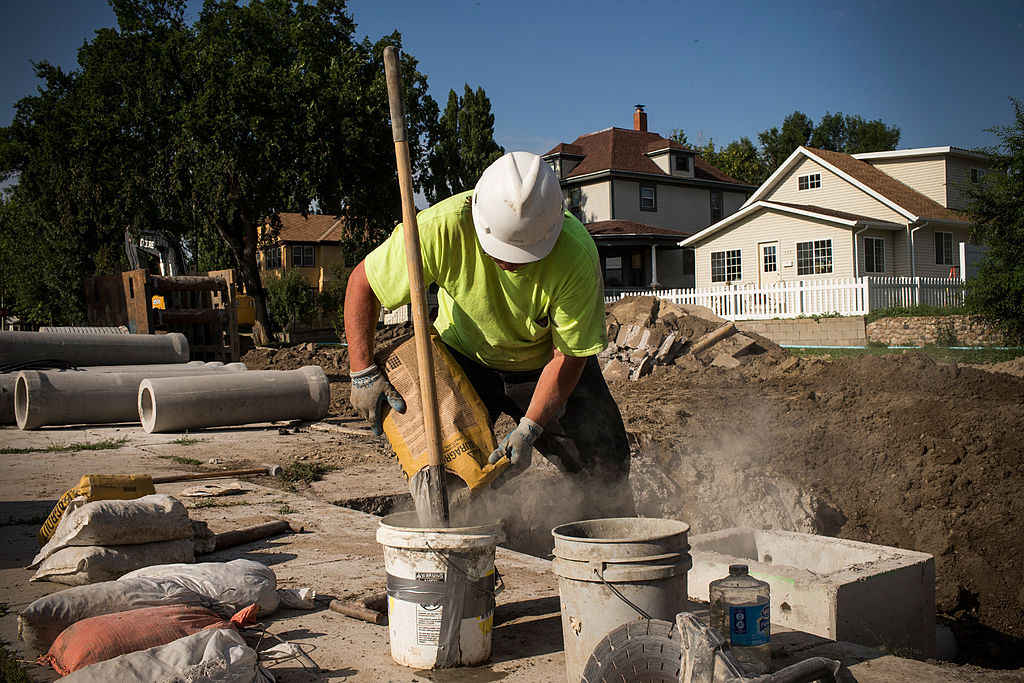
Using Pre-Made Mix Or Mixing Your Own Ratios
If you really are in a pinch you can mix up cement, sand, gravel, and an aggregate (gravel or crushed rock) yourself but in our experience at ManMade, getting your hands on all those ingredients is time-consuming and costs just as much as the pre-mixed stuff.
Your home supply store or local lumberyard will sell you “Ready-Mix” concrete, sometimes called “Sackcrete.” It’s premixed concrete with the correct ratio of Portland cement, sand, and gravel all ready to go inside the bag. All you have to do is add water, mixed it thoroughly, and pour it in place. Ready-Mix comes in 60 and 90-pound bags. For a standard fence post, a 60-pound bag works well. It’s our go-to and has never let us down—plus you don’t have to worry about messing up any ratios.
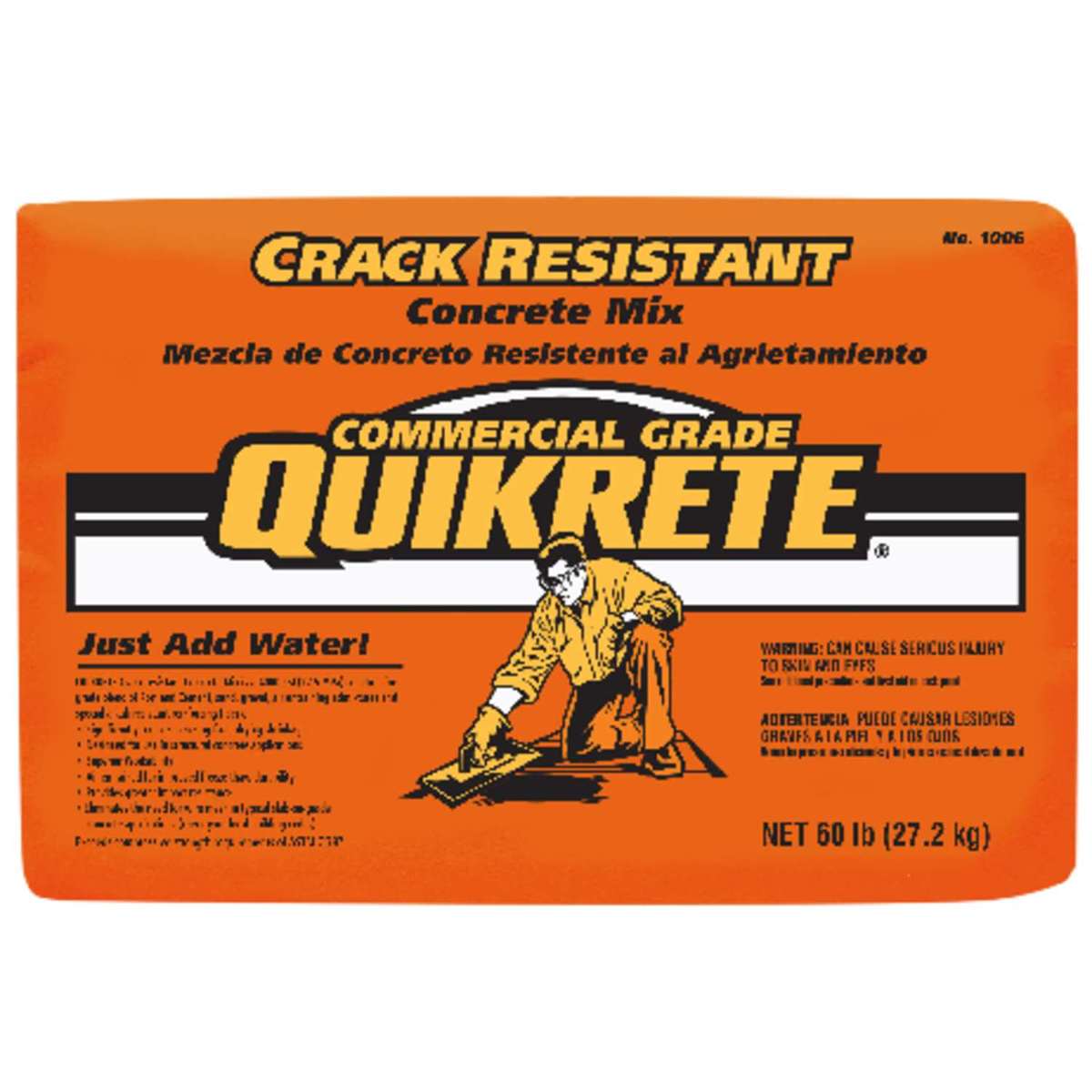
Finding The Right Consistency
Start by pouring four inches of water into the bottom of a five-gallon bucket. Cut open the top of the 60 lb bag and pour in about half of it. Add another four inches of water and stir inside the bucket with a small shovel or hand trowel. Don’t worry if it’s too wet, that can be a good thing.
Your concrete will mix easier when it’s a sloppy, wet mix, and you have the other half of the bag of dry mix to pour in yet. Add the dry mix gradually, mixing the dry with the wet concrete as you go.
If it’s too dry, just add more water. The final stages require close attention. Too much water and you’re mix will be weakened, not enough and it’s hard to work with.
Dump the remaining dry mix in the bucket and gradually add an inch of water, then mix thoroughly. Too dry? Add a little more water and keep mixing.
The consistency you’re looking for is something between light bread dough and a pour-in brownie mix. If you’re not a baker then lift up some concrete, it should take 2-3 seconds for it to drip off. Once you get that consistency then you’re ready to pour the mud.
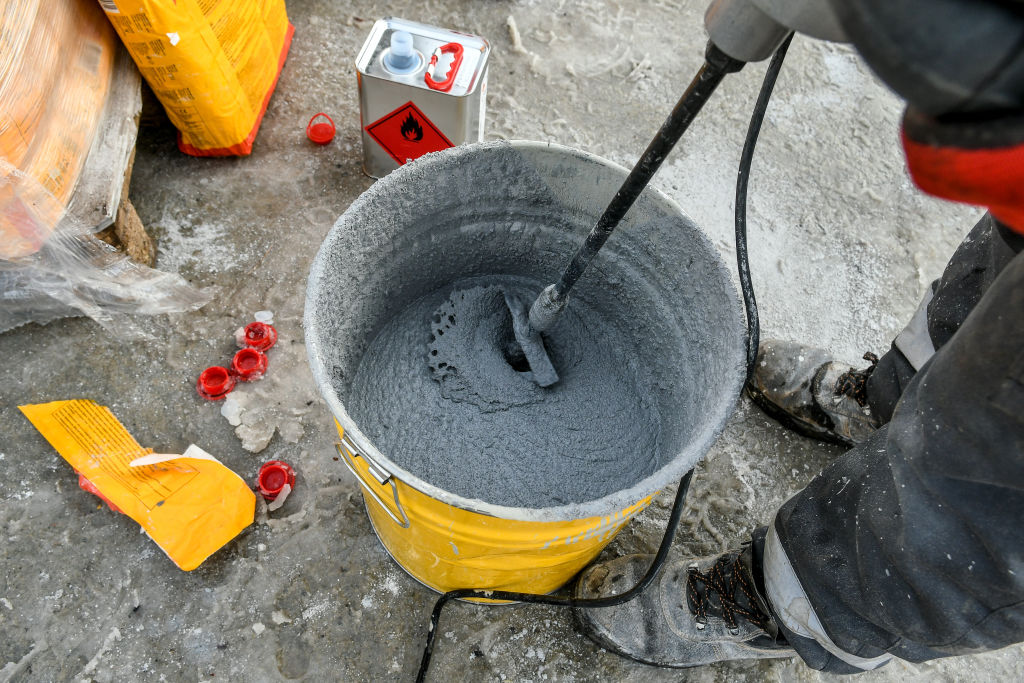
Pouring Your Concrete The Right Way
The bucket will weigh at least 80 pounds, so be careful in carrying it. Plastic bucket handles may not hold that much weight.
Get the bucket to the patch, post hole, or project and pour it in. Once it is in place, tamp it thoroughly with a straight stick, ensure that the mud reaches every hollow spot. Hitting a post with a hammer repeatedly sets the concrete too.
If it’s a little bigger job, a wheelbarrow is the best tool. Dump an entire 90-pound bag in the wheelbarrow. Dig out a hole in the middle of the mix with a garden hoe. Use a garden hose with a spray head attached and fill that center hole. Pull the mix across the bottom of the wheelbarrow with the hoe. Turn the mix with a shovel at the same time. Keep adding water with the garden hose until you have the right consistency.
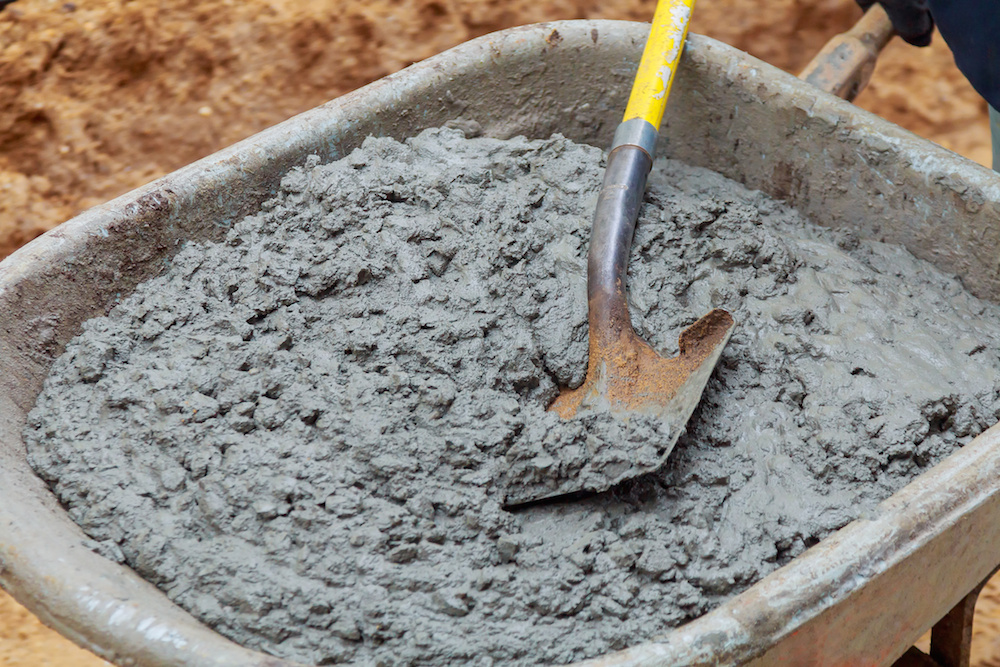
When the mud is right, keep pulling and flipping the mix with your shovel and hoe. There will be hidden dry pockets of concrete mix if you don’t mix it completely.
Once the mix is ready, wheel it to the project site and dump it all at once, or a shovel at a time until you’re finished.
Cleanup is easy if you hose out the bucket or wheelbarrow before the concrete sets up. Your shovel, hoe, and any trowels or floats clean up easily too. And there you have it: liquid rock! Now you’ve joined the Romans. Show us what you used your concrete mix for by sharing it with the ManMade community on Facebook and Pinterest.



